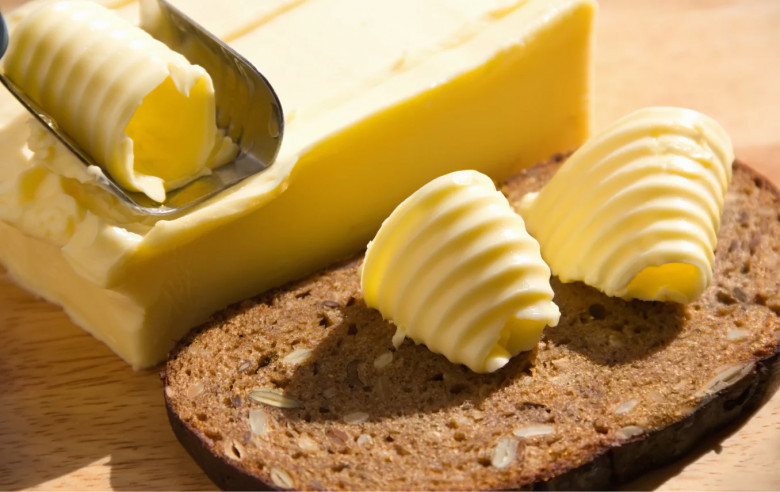views

The Wonderful World of Butter: A Culinary Essential
Butter has been a beloved ingredient in kitchens worldwide for centuries. Its rich, creamy texture and distinctive flavor make it a staple in cooking and baking, enhancing dishes with a luxurious touch. From spreading on warm toast to creating flaky pastries, butter’s versatility is unmatched. But beyond taste, butter also carries cultural significance and offers nutritional benefits worth exploring.
What is Butter?
Butter is a dairy product made by churning cream or milk to separate the fat from the buttermilk. The result is a smooth, yellowish solid packed with fat, water, and milk proteins. Its high-fat content lends it a unique flavor and creamy consistency that melts beautifully, making it ideal for sautéing, baking, and as a condiment.
Types of Butter
There are several varieties of butter available, each suited for different culinary uses:
-
Salted Butter: Contains added salt for flavor and longer shelf life. Perfect for table use and general cooking.
-
Unsalted Butter: Pure butter with no salt, preferred by bakers for precise control over seasoning.
-
Clarified Butter/Ghee: Butter heated to remove water and milk solids, offering a higher smoke point and rich, nutty flavor. Common in Indian cuisine.
-
Cultured Butter: Made from fermented cream, it has a tangy flavor and is popular in European cooking.
Nutritional Benefits
While butter is often viewed cautiously due to its saturated fat content, recent research suggests moderate consumption can be part of a balanced diet. Butter provides essential fat-soluble vitamins like A, D, E, and K2, which support vision, bone health, and immunity. Its conjugated linoleic acid (CLA) may also have anti-inflammatory properties.
However, moderation is key, as excessive intake can raise cholesterol levels. Choosing quality butter from grass-fed cows can enhance nutrient density.
Culinary Uses of Butter
Butter’s flavor and cooking properties make it indispensable:
-
Baking: Butter adds tenderness and flakiness to pastries, cookies, and cakes.
-
Cooking: Its rich taste elevates sauces, sautés, and roasted vegetables.
-
Finishing: A pat of butter melts into steaks, fish, and steamed veggies for a glossy finish.
-
Spreads: Mixed with herbs or honey, butter becomes a delicious spread for bread and crackers.
Butter in Today’s Kitchen
In modern kitchens, butter remains a symbol of indulgence and comfort food. Despite the rise of oils and margarine, many chefs and home cooks prefer butter for its natural flavor and cooking versatility. As culinary trends move towards wholesome, less processed foods, butter is experiencing renewed appreciation.
Conclusion
Butter is more than just a cooking fat; it’s a cultural icon and culinary powerhouse. Understanding its types, benefits, and uses allows you to make informed choices in the kitchen. Whether melting over freshly baked bread or enriching a decadent sauce, butter brings warmth and flavor to every meal.
For more insights into lifestyle, food, and home essentials, visit HexaHome, your trusted source for quality content and recommendations.














Comments
0 comment